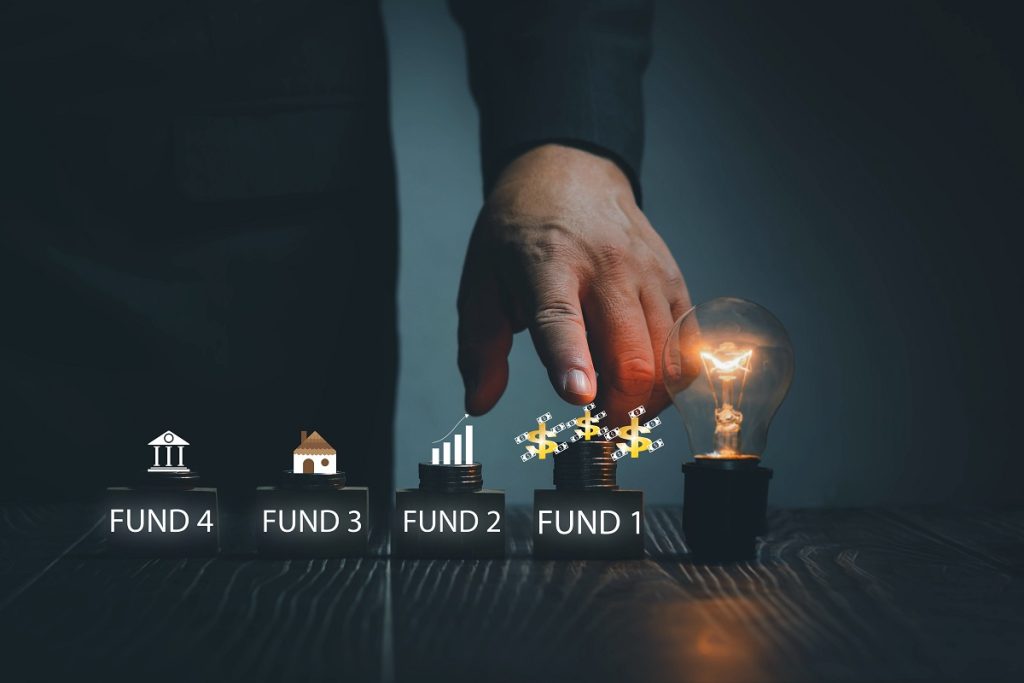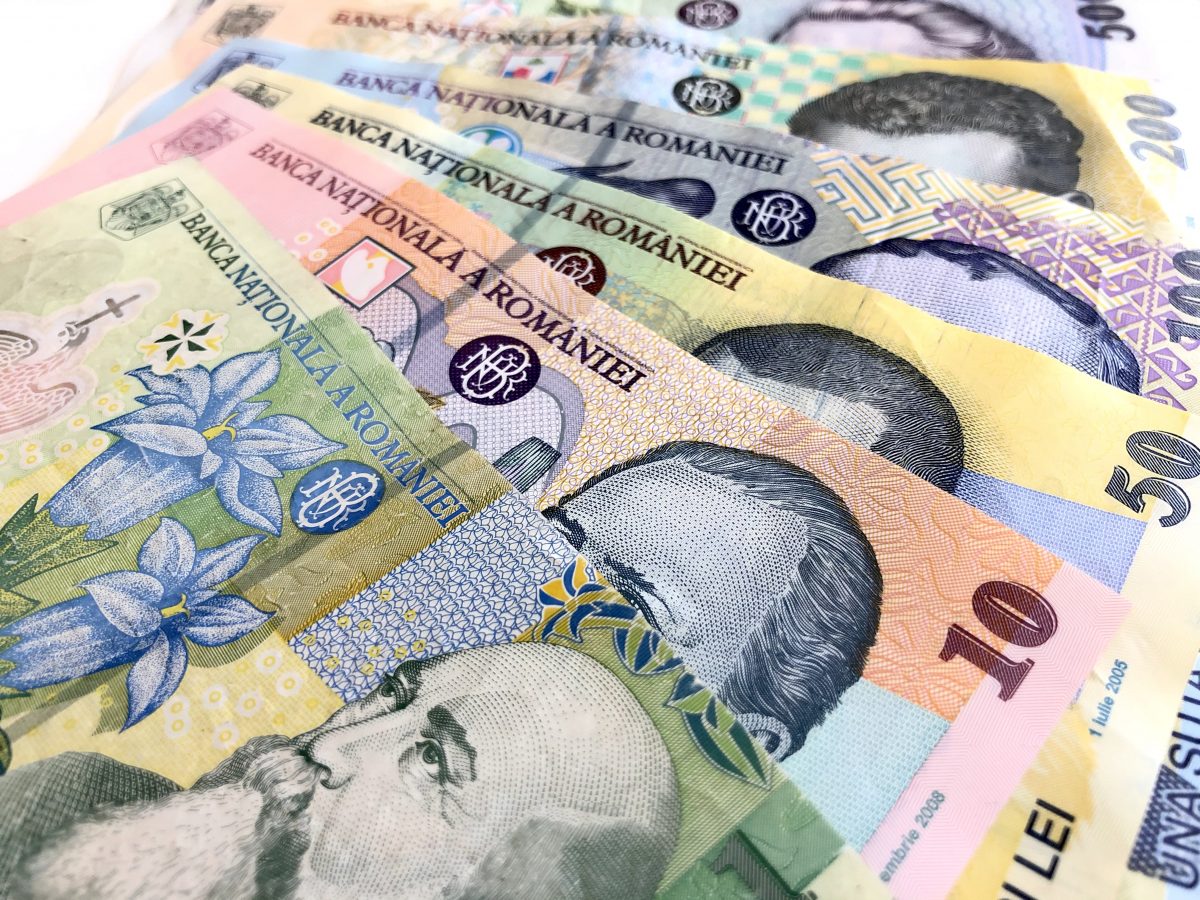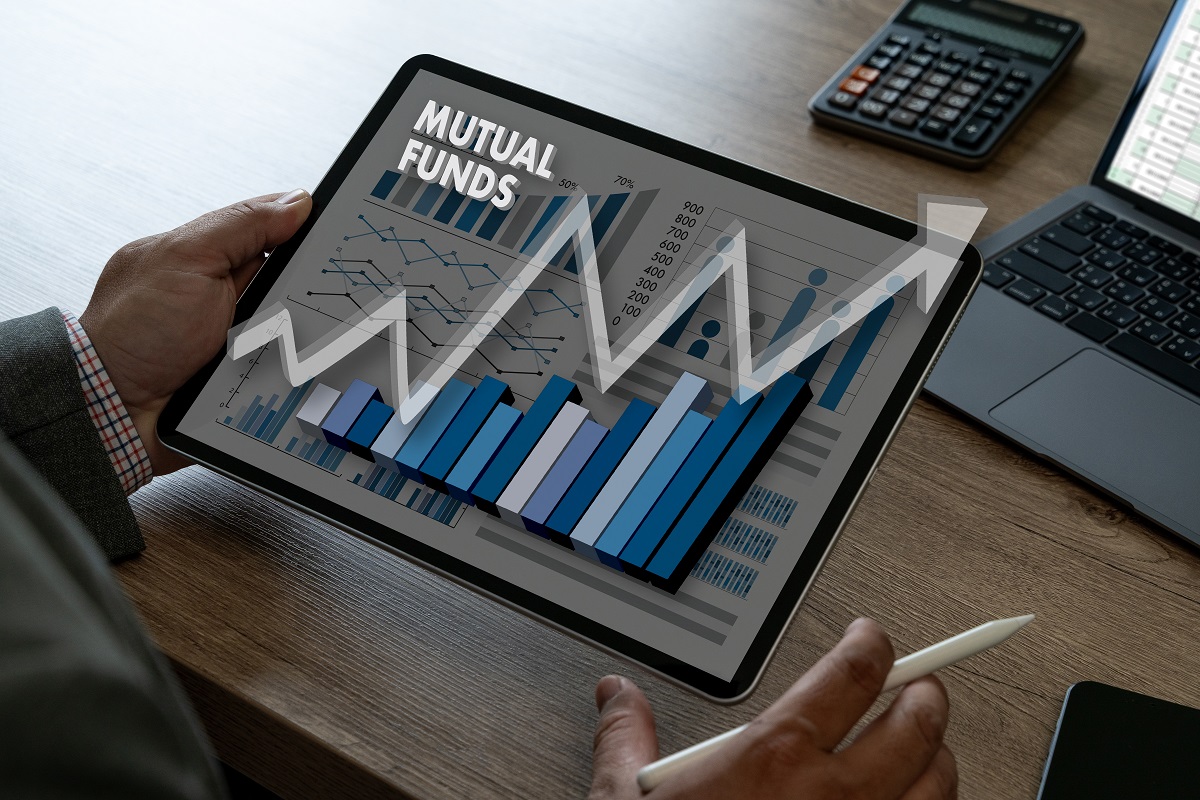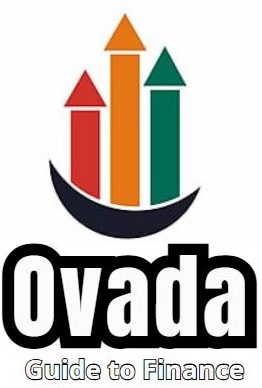
If you are at the beginning of the road in the world of investments and you are looking for an accessible and diversified way to put your money at work, mutual funds can be the ideal solution. In this guide dedicated to beginners, we explain to you what are the common funds of investment, how they work, what are the advantages and risks involved, but also how you can start investing step by step. Find out how you can benefit from interesting returns and the administration of professional investments, even with small amounts. Discover everything you need to know about mutual beginners and take your first steps towards financial independence.
What does a common fund means and how it works
The mutual background brings together the amounts invested by several people in a single portfolio. A team of specialists manages the money collected and places it in shares, bonds, bank deposits or government securities, depending on the strategy of the fund. When you participate in a common fund, you receive substantial units: each reflects a share of total activities.
For example, if you and another 99 investors put 500 she in a fund, the administrator collects 50,000 she and the investment is divided between various financial instruments. You will have a proportional part and the value of the unit depends on the evolution of the portfolio.
The main advantage is that it benefits from access to tools otherwise difficult to obtain individually and save time, leaving the management of professionals. For a clear discussion between savings and investments, you can go through this material: saving vs investments – how do you decide?
How to administer mutual investment funds
Investment management companies, known as ITS, are the entities that manage the mutual investment funds wallets. These companies are authorized and monitored by the regulatory authorities and investment decisions belong to funds managers.
They constantly monitor the markets, choose the right tools, balance the wallet and send clear reports to investors. Therefore, if you don’t have time or do not want to follow the market permanently, the administrators make these decisions on your behalf. For details on the financial markets, consult this guide: how the financial market works.
How to calculate the value of the unit of the bottom
The value of the unit of the fund, called Nav (net property value), changes daily according to investment performance. This is determined by the formula:
(Total wallet value – debt)/total number of units issued
For example, if a fund manages activities of 100,000 she and has 10,000 units, a unit is worth 10 she. If the portfolio increases or decreases, it is reflected directly on the value of the unit.
Types of mutual investment funds available
The mutual investment funds are divided into two large categories: open funds and closed funds.
1. Open investment funds (IDE)
It allows anyone to enroll or withdraw amounts almost at any time, to the value of the net activity calculated daily. It provides maximum and useful flexibility if you want to have quick access to your money. If you invest 1,000 she today in an open background and you need money next month, you can easily redeem the units, even if in the meantime their varied value.
2. Investment funds closed (FIA)
You can register only for limited periods and you cannot withdraw at any time. The closed funds have a fixed duration and limited liquidity; The withdrawals are made on established data. This type of background adapts if you follow fixed time investments, without the need for money before the maturity period. For suggestions on the construction of a diversified portfolio, it analyzes this article: how to diversify the investment wallet.
How you start investing in mutual funds: passages to follow
Investing in a common fund does not require advanced knowledge or high resources. Here are the recommended steps:
1. Evaluate the financial objectives and the risk profile
Do you think for the purpose of investments: do you want to save for retirement, child education or for an important purchase? Analyze risk tolerance: do you prefer slow stability and growth or are you willing to accept fluctuations for potentially higher returns?
For example, a person who wants to keep their savings in the short term can opt for a monetary fund or bonds. If the goal concerns the generation of a higher long -term performance, action funds could be suitable.
2
Read the prospectus and documents with key information for investors (say), in which you find the fund’s strategy, the costs involved and the history of performance. Analyze the portfolio structure and the level of taxes. Even small differences in percentage can have an impact over time.
3. Open an investment account
You can do it at the Bank, directly at the funds management company or through a specialized online application. The opening process provides for the control of identity and the completion of some simple and usually digital forms. Once you have an account, you will be able to enroll in the desired amounts in funds.
4. Choose the investment method
You can invest a unique amount or you can opt for regular and automated investments (media costs in dollars, monthly or quarterly investment, thus reducing the risk of investing in an inappropriate time).
Many investors establish a monthly amount of 100-200 handfall in a common fund, to guarantee their long-term accumulation.
5. Monitor and adjust the wallet
- Periodically check the evolution of the portfolio and analyze the relationships made available by the administrator of the fund.
- If the objectives or risk profile are modified, examine the investment fee.
- Avoid impulsive reactions to temporary decreases: long -term investments can go through fluctuations.
For monitoring, it is possible to use modern applications or digital banking platforms. Experience becomes easier when you have access to essential data on the phone or computer.

What are the advantages and disadvantages of the mutual funds of investment
The advantages of mutual investment funds
- You have access to diversification: money is invested in different activities, facilitating risk reduction;
- The administration of the wallet belongs to expert teams, it is not necessary to make decisions daily;
- You can start with modest quantities, very often from 100 she upwards;
- The high liquidity in open funds allows you to quickly withdraw the money if necessary;
- Detailed and transparent relationships show how your investment evolves.
Disadvantages of mutual investment funds
- You pay administrative commissions and sometimes subscription or reimbursement commissions, which can reduce performance;
- They do not have direct control over investment decisions;
- The evolution of the market can cause temporary decreases of the portfolio value;
- Profits can be moderate, especially during periods of corrections on the market.
Use the profitability computer to estimate possible profits and risks: interpret the profitable rate.
How to compare mutual investment funds with other financial instruments
Many people compare mutual investment funds with direct investments in shares, deposits or ETFs (exchange funds).
- The mutual investment funds simplify the process for experts: it is not necessary to search or manage the portfolio directly;
- Investments in individual shares require constant analysis and take on higher risks;
- ETFs are exchanged on the stock exchange and offer a combination of diversification and flexibility, but are associated with other types of costs.
Practical recommendations for beginners investors
- It establishes the purpose of each investment from the beginning and chooses the products suitable for the time horizon;
- Documented on funds commissions, to better estimate real performance;
- Diversifica-did does not direct all economies in a single fund or in a type of tool;
- Avoid reacting to short price fluctuations and follows the evolution of the wallet at least quarterly;
- For important decisions or important changes to the strategy, discuss with an authorized financial consultant.
Errors to avoid at the beginning of investments
- Investing all savings in a single short -term fund;
- Ignore the documentation and reports made available by the administrator;
- Excessive transfers too frequent between funds, in particular under the influence of emotions;
- Waiting for fast earnings: investments involve patience and discipline.
Find out more about the differences between savings and investment, but also on how to build a personalized plan, from this material: savings vs investment.
Earnings and risks: what to follow
The earnings in mutual funds come from two main sources:
- increase the value of the unit of the bottom (due to the evaluation of the portfolio);
- dividends or interests collected by the instruments held.
The risks occur mainly from decreases on financial markets or unexpected developments in the economy. Periodically analyze the structure of the fund and consult specialized articles, to discover details on the changes and other specific mechanisms for the financial market.
The following passages for investors
- Documented on the types of funds and identifies the right one for you;
- Evaluate your goals, the available amount and the appetite at risk;
- Register with the administrator of the desired fund;
- Choose an investment method (unique or periodic), constantly monitor and adjust the strategy if necessary;
- Periodically consult the wallet and do not hesitate to ask for the opinion of a financial specialist.
Investments in mutual investment funds are an important step towards the intelligent management of personal finances. With a moderate risk, diversification and easy access also for those who have no experience in the sector, mutual investment funds are an increasingly popular option among beginners investors. It is important to inform you, establish clear objectives and choose the funds suitable for your risk profile.
Stop publishing the decision to put your money at work! Start today with a simple and accessible investment. Find out, compare the available options and take the first step towards a safer and more prosperous financial life.
latest posts published

Hormones that determine financial behavior while making decisions under their influence

Payment methods Credits for consumption are getting rid of debt

Financial education for beginners – Cursvalutar.ro

What are the banking guarantees and what risks has a guarantor

Credit Bureau – Everything you need to know

Comfortable contract: taxes and exemptions

What they are and how it works

Strategies to withdraw money from investments

How to have a day without spending?


